Japanese education across the ocean
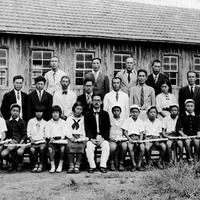
The second installment of the Discover Nikkei column by Sachio Negawa of the University of Brasilia. As an example of the overseas expansion of "Japanese culture," particularly in Latin America, this report examines the trends and realities of Japanese education in Brazil, home to the world's largest Nikkei community, from the prewar and wartime periods to the present day.
Stories from this series
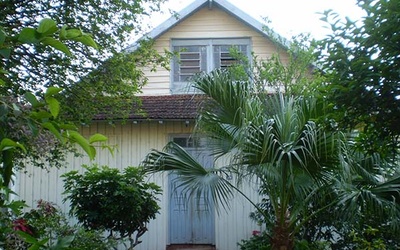
10th Northern Parana Region (1)
Dec. 9, 2009 • Sachio Negawa
As is well known, Brazil has the world's largest Japanese community, with a population of approximately 1.5 million. The Japanese population is concentrated in several areas, with the largest population in the state of São Paulo, followed by the neighboring state of Paraná to the south1 . Within the state, the Japanese population is concentrated in the northwestern part of the state known as "Northern Paraná." Currently, Northern Paraná is said to have the hottest presence of "Japanese culture" in …
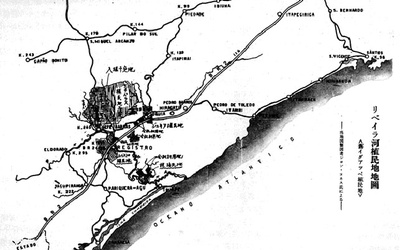
Episode 9: The Case of Registro
Nov. 5, 2009 • Sachio Negawa
Registro, in the state of Sao Paulo, is located about 200 km southwest of Sao Paulo, halfway along National Route 116 heading towards Curitiba, the capital of Paraná. The city is located at the point where the Ribeira River makes a large bend as it flows into the Atlantic Ocean, and the city area spreads out from the riverbank to the west. This is the area where one of the oldest Japanese colonies in Brazil was established. In the early …
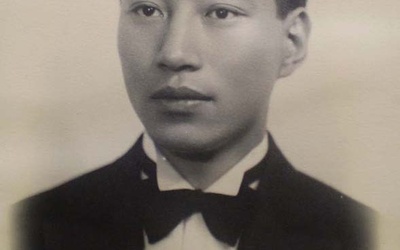
No.8 The life world of children and teachers (2)
Oct. 1, 2009 • Sachio Negawa
Mr. YT (born in 1933), who lives in São Paulo, is a second-generation Japanese architect and one of my dear friends. He spent his childhood at a time when foreign language education was banned, but he is bilingual in both Japanese and Brazilian, and I always speak to him in Japanese. One day, while talking to him about education during the war, I suddenly asked him, "Did you learn the Imperial Rescript on Education, Mr. Y?" He said, "Shall I …
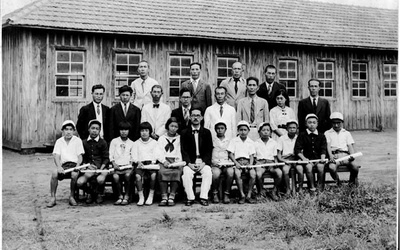
No. 7: The life world of children and teachers (1)
Sept. 3, 2009 • Sachio Negawa
Nowadays, as the benefits of bilingual education are being touted, one is reminded of the language lives of Japanese children and students in Brazil in the 1930s. At that time, many Japanese children lived a bilingual life, attending Brazilian regular classes in Portuguese in the morning and attending Japanese schools in the afternoon (or vice versa). There were many schools in the same building where Portuguese was taught for half the day and Japanese for the other half (Photo 7-1).RY …
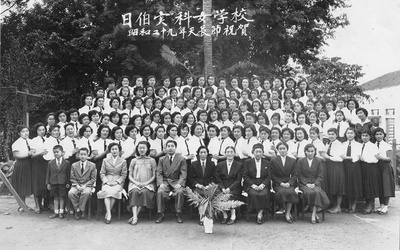
No.6 Women's Education (2)
Aug. 6, 2009 • Sachio Negawa
In the previous article, we talked about the blossoming of education for Japanese-Brazilian girls in prewar Brazil (see Part 5 of this series ). What is particularly noteworthy about the content of education at these girls' educational institutions is that, in addition to teaching knowledge and culture, they also placed emphasis on teaching the proper upbringing and etiquette for Japanese-Brazilian girls (Photo 6-1). Both Gohara Masue, founder of the Japan-Brazil Practical Girls' School, and Akama Michie, founder of the São …
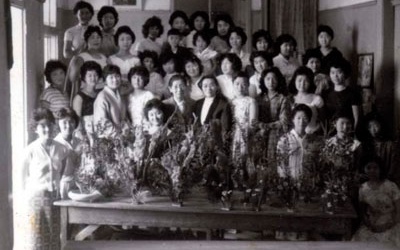
Part 5: Women's Education (1)
May 7, 2009 • Sachio Negawa
From before the war to after the war, there were women's educational institutions called "bride schools" in the Japanese community in Brazil. These were schools that taught skills such as sewing and cooking to the daughters of immigrants and trained them to be good wives and wise mothers, typical of Japanese women. Later, some of them developed into comprehensive educational institutions, with high school departments and Portuguese departments that were similar to the curriculum of Japanese girls' schools. Among them, …
 We’re looking for stories like yours!
Submit your article, essay, fiction, or poetry to be included in our archive of global Nikkei stories.
Learn More
We’re looking for stories like yours!
Submit your article, essay, fiction, or poetry to be included in our archive of global Nikkei stories.
Learn More
New Site Design
See exciting new changes to Discover Nikkei. Find out what’s new and what’s coming soon! Learn MoreBorn in Osaka Prefecture in 1963. Graduated from the Graduate School of Philosophy, Letters and Human Sciences at the University of São Paulo. Ph.D. (Sokendai). Specialized in transplanted people history, maritime history and cultural studies. After serving as an associate professor at the Faculty of Letters of the University of Brasilia, he is currently a special researcher at the International Research Center for Japanese Studies. He is also a lecturer at Doshisha University and the University of Shiga Prefecture. Major publications: Reprint of "Umi" Vols. 1-14 (Kashiwa Shobo, 2018, supervision and commentary), A History of Education of Japanese Immigrants in Brazil (Misuzu Shobo, 2016), A History of Education of Japanese Immigrants Crossing Borders - A Perspective on Multicultural Experiences (Minerva Shobo, 2016. Co-edited and co-authored with Inoue Shoichi), Cinquentenario da Presenca Nipo-Brasileira em Brasilia (FEANBRA, 2008, co-author).
(Updated January 2023)

Discover Nikkei Updates



See exciting new changes to Discover Nikkei. Find out what’s new and what’s coming soon!

